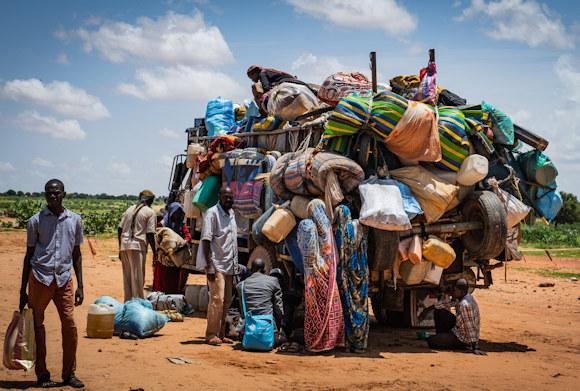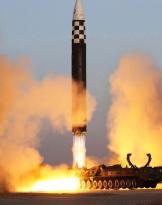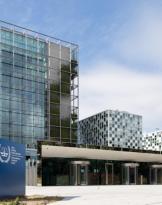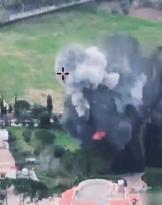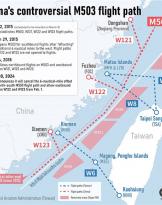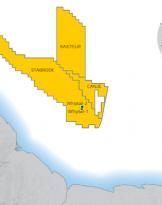Since mid-April 2023 alone, armed clashes in various areas of Sudan have caused more than 13.000 victims and 10,7 million displaced people (1,6 million refugees in neighboring countries and 9,1 million internally displaced persons, or approximately 13 % of total global population).
1 in 8 internally displaced globally is located in Sudan: it is the largest humanitarian crisis in the world in terms of internally displaced people. However, humanitarian aid is lacking: of the 4,1 billion dollars needed, only 83,8 million, or 3,11%, have been sent.
The conflict
The clashes began on April 15, 2023, when the Sudanese Armed Forces of al-Burhan (SAF) and the Rapid Support Forces of Hemedti (RSF) began clashing in the capital Khartoum. Since then the conflict has never stopped, on the contrary, it has intensified at an unprecedented speed.
Although Khartoum is the center of the conflict, there is also fighting in Darfur. In this region, the RSF (made up of Arab militias Janjaweed, already guilty of the crime of genocide during the repression of minority uprisings in Darfur between 2003 and 2009) are perpetrating crimes against humanity which the International Criminal Court is investigating.
The conflict in Sudan, however, should not be seen only as an internal dispute: there are many international actors involved. For example, Saudi Arabia and Egypt explicitly support the SAF forces while the UAE and Russia (via the Wagner Group) support the RSF militias.
Hemedti, in this regard, has just finished a tour in several African countries (Rwanda, Uganda, South Africa, Ethiopia, Djibouti and Kenya), which appear to support the militia.
The African Union and the United States temporarily suspended mediations due to al-Burhan and Hemedti's reluctance to cooperate.
Photo: IOM

